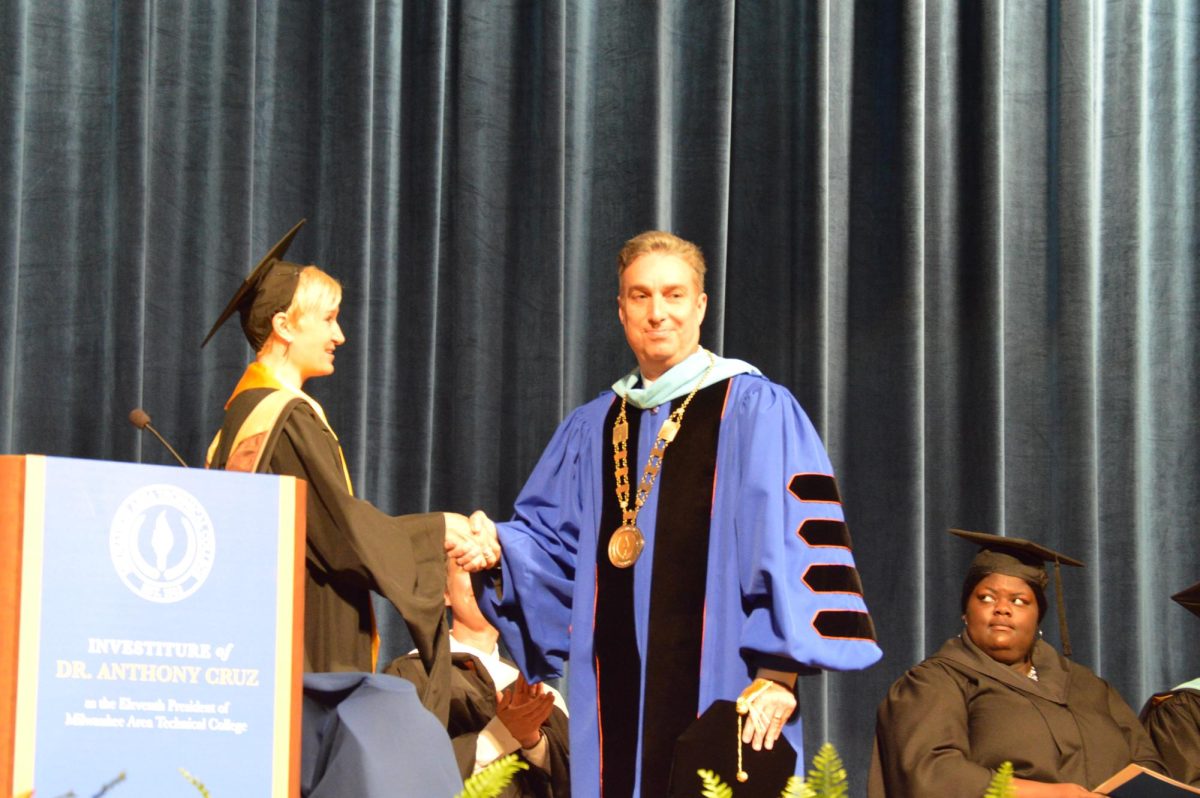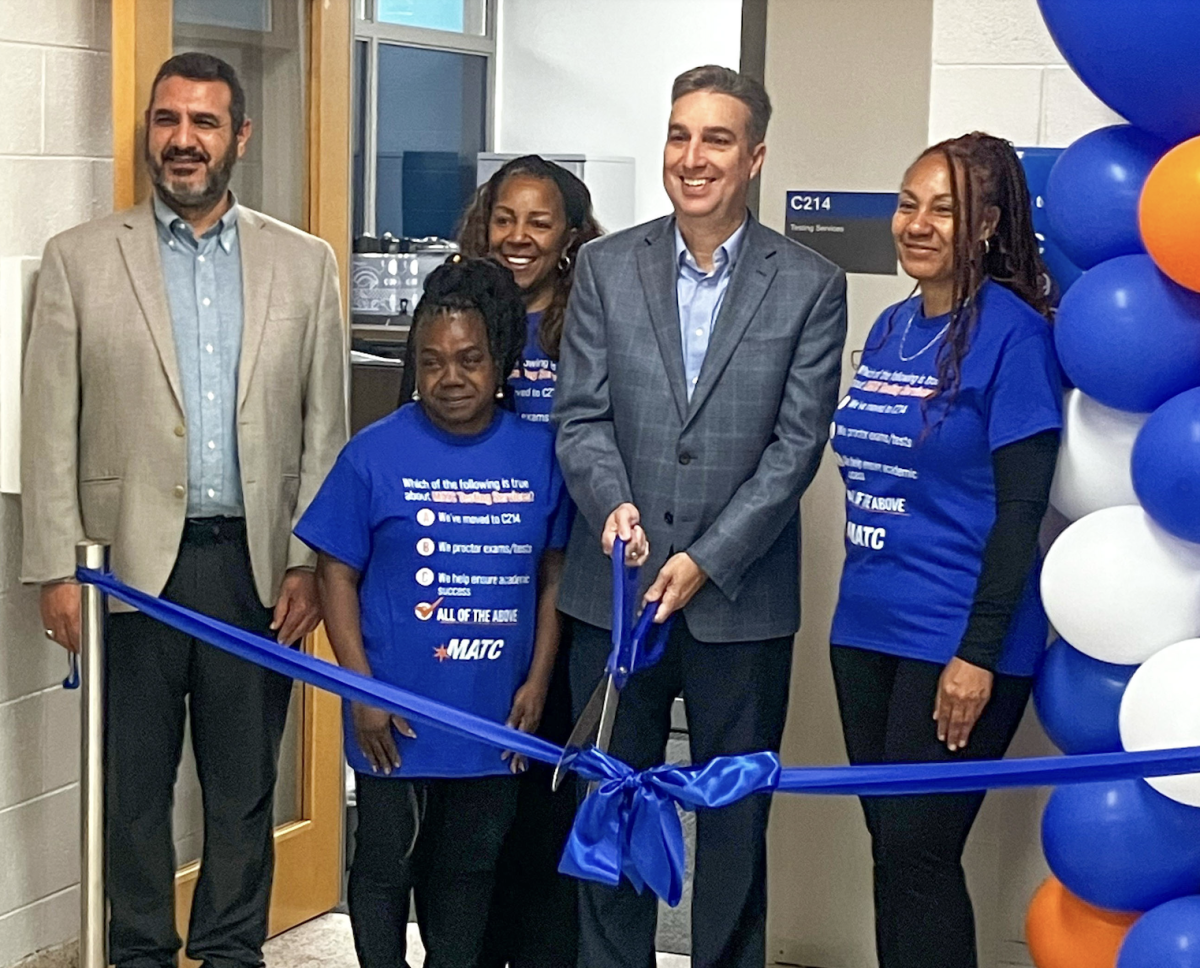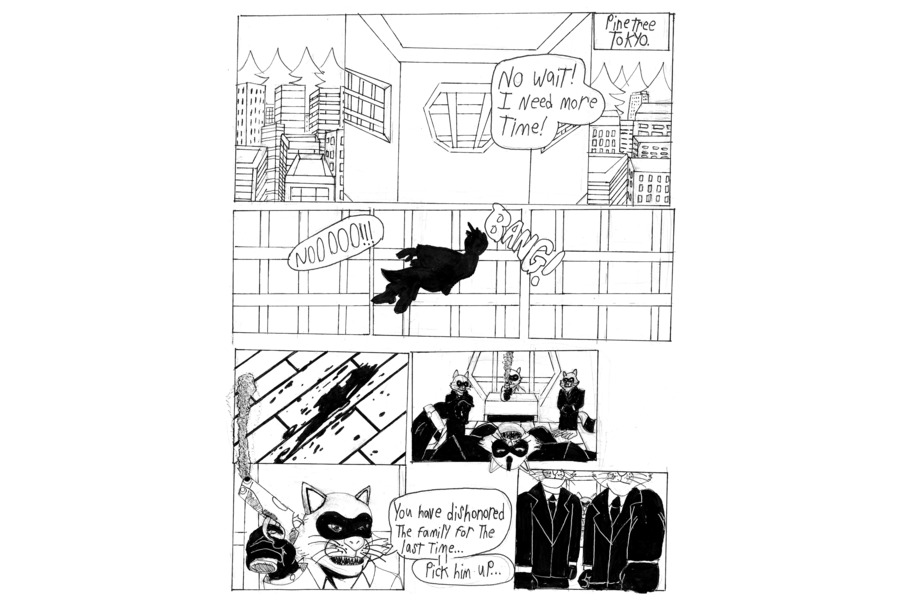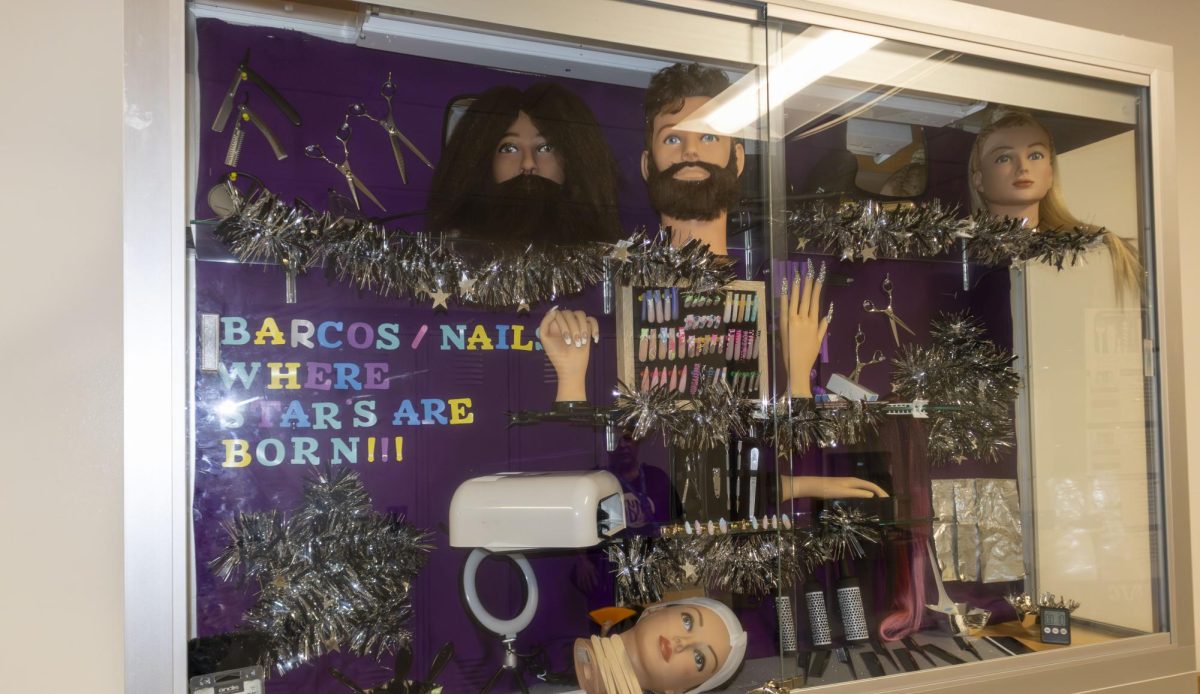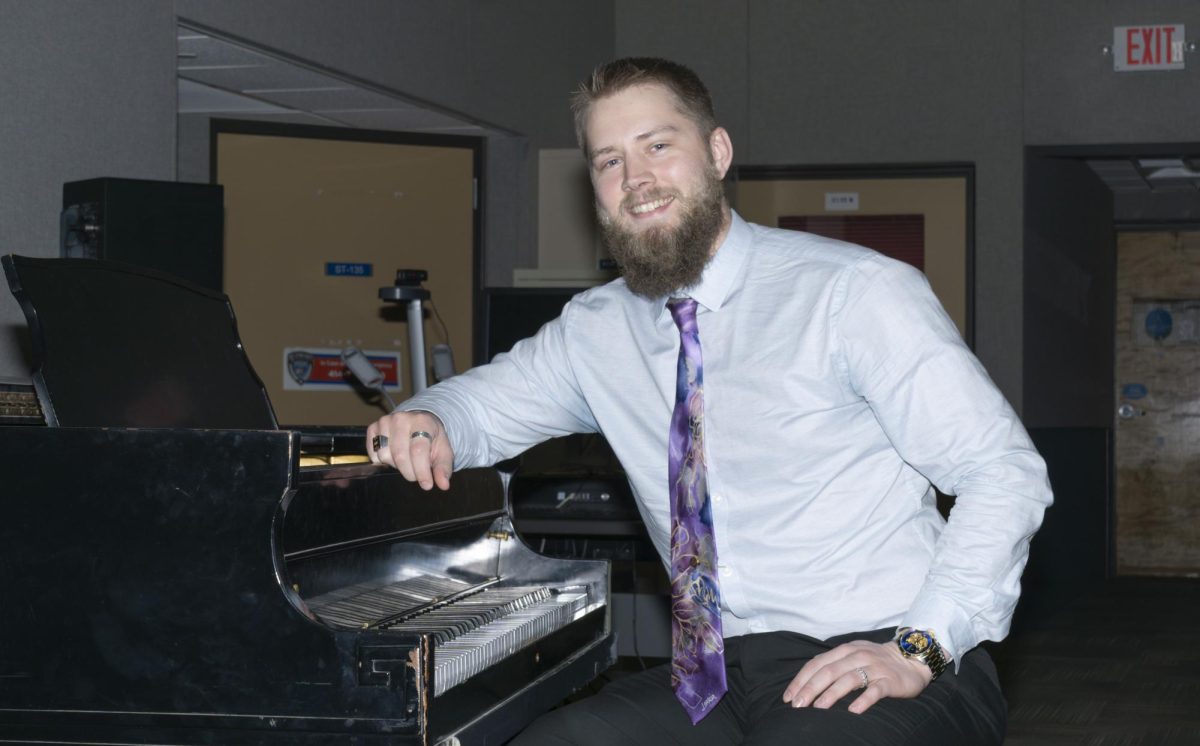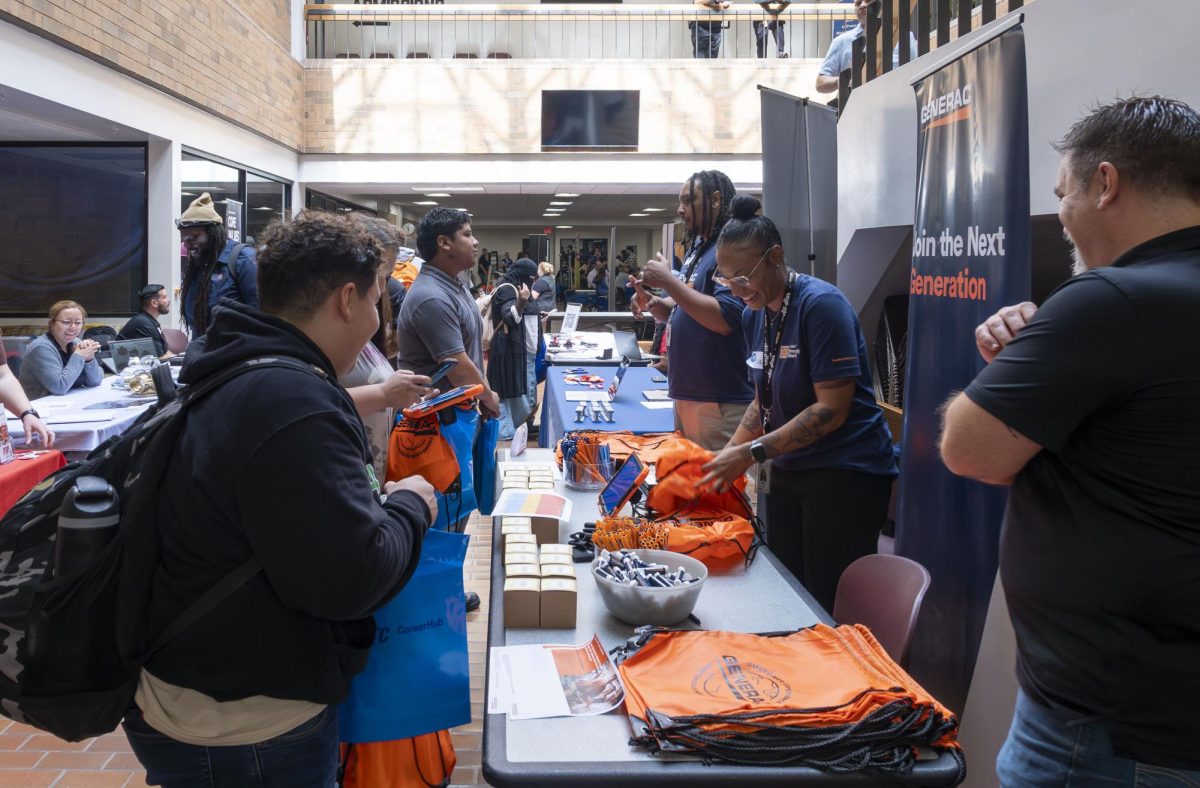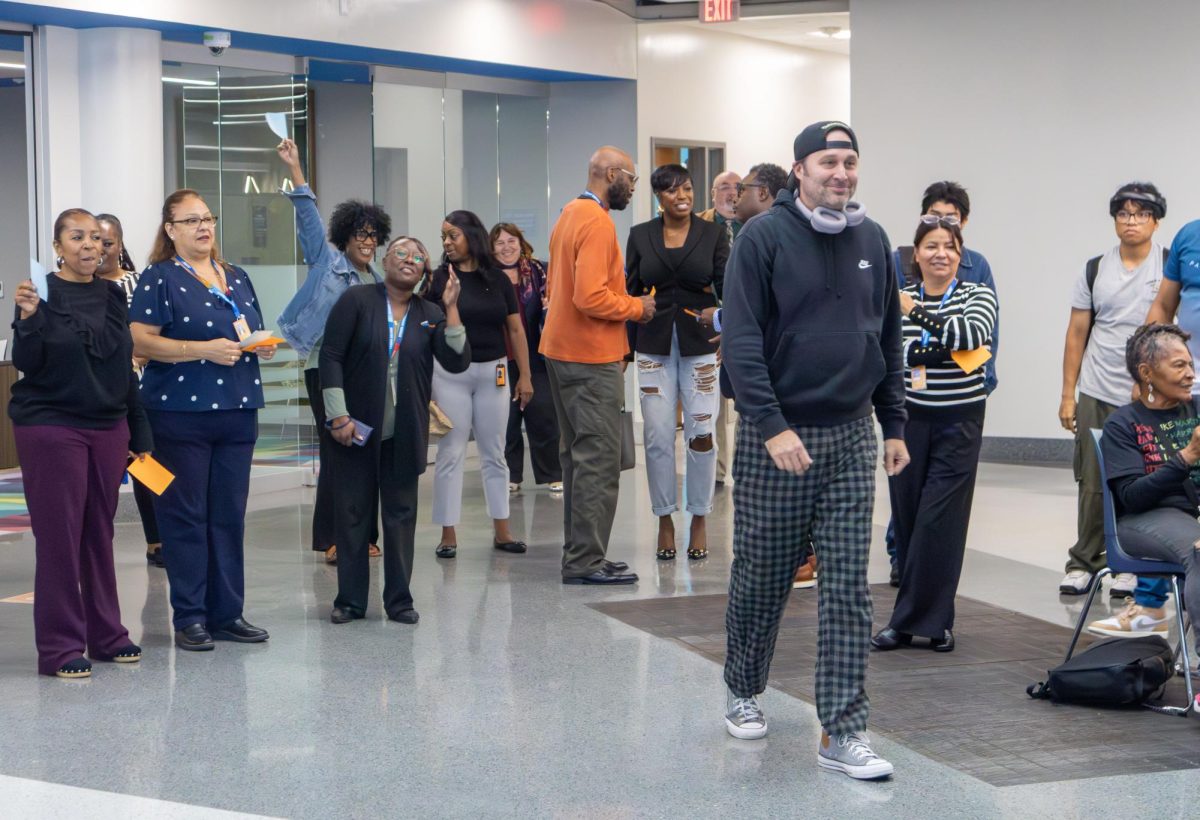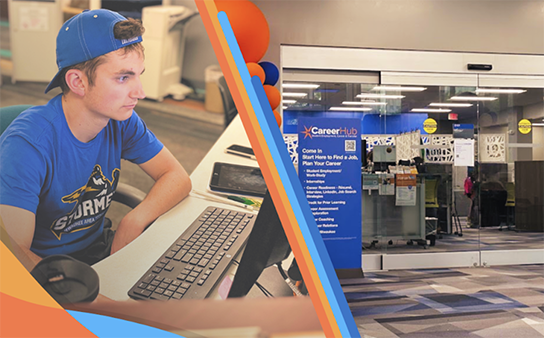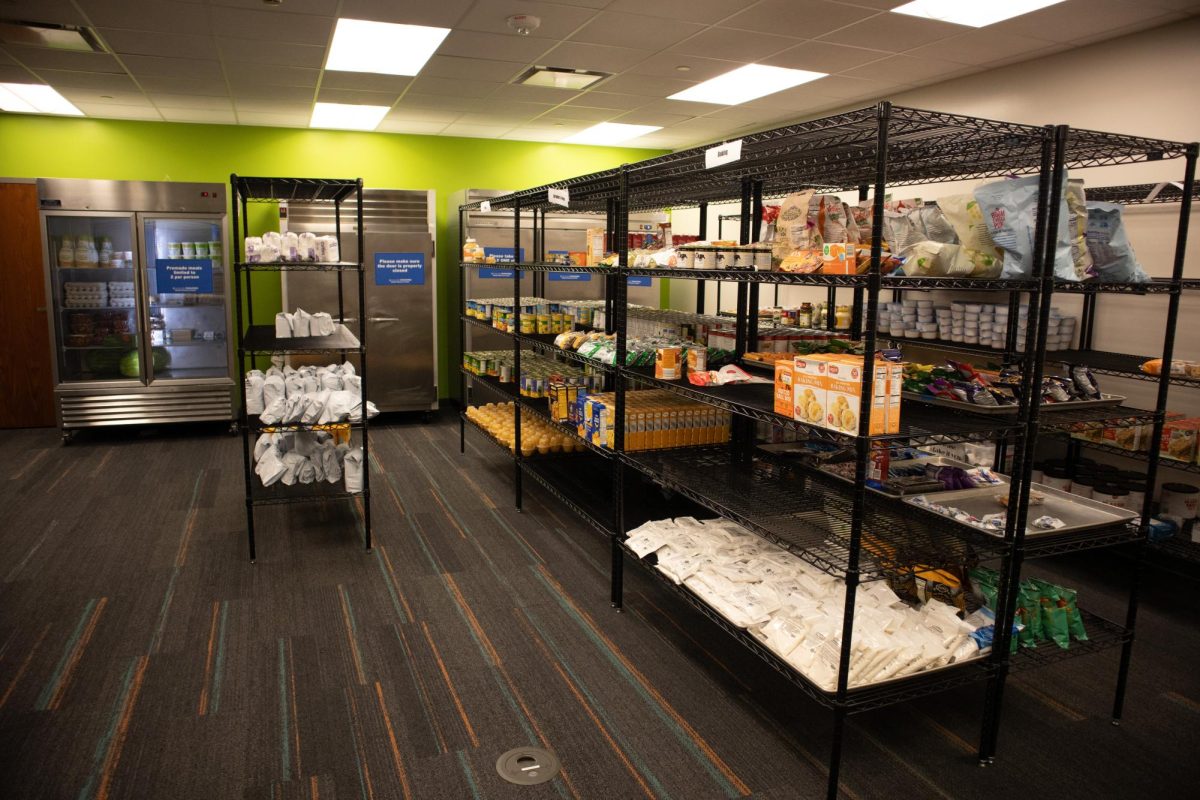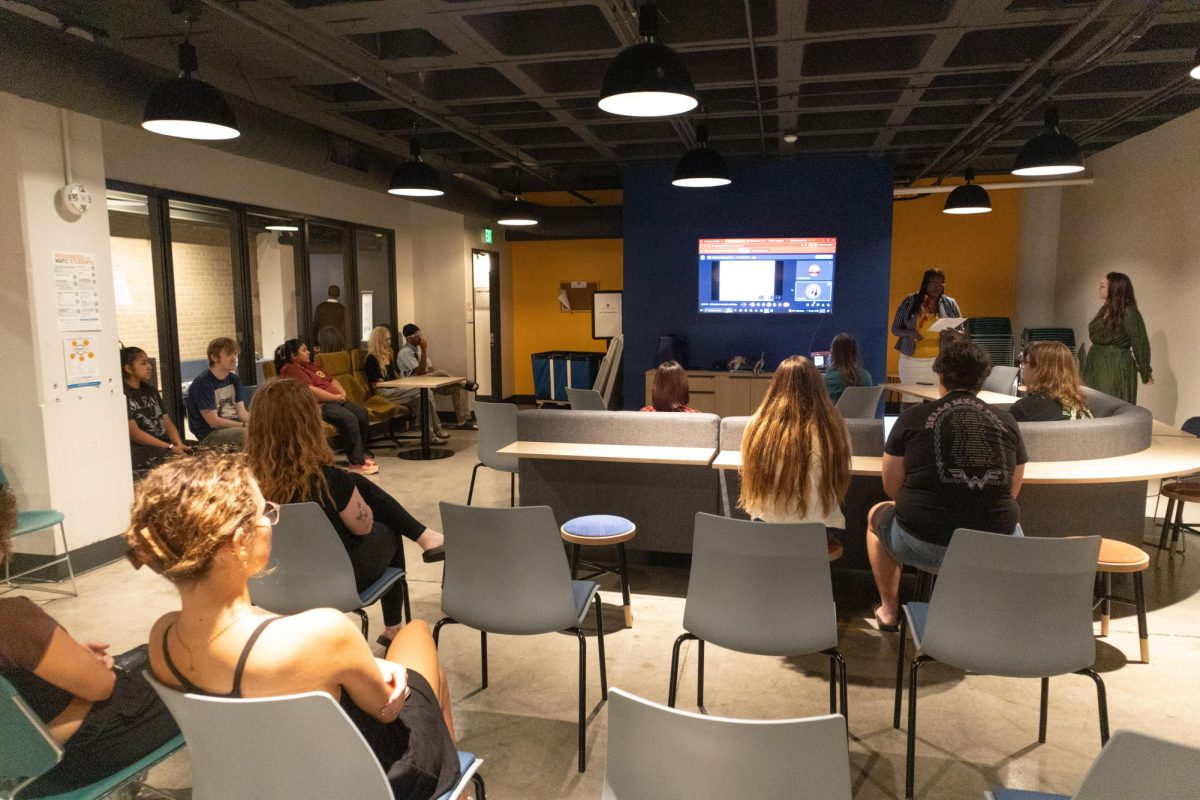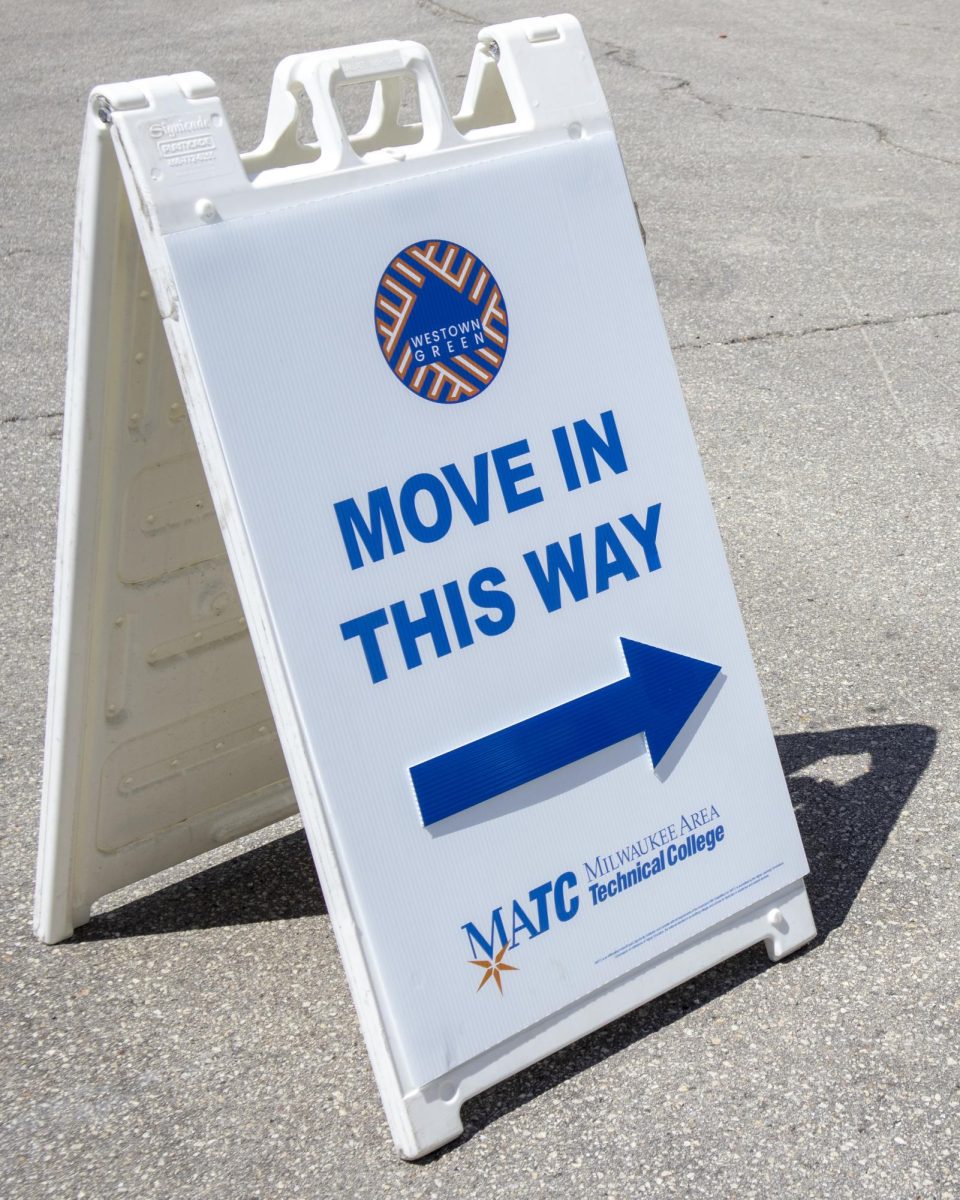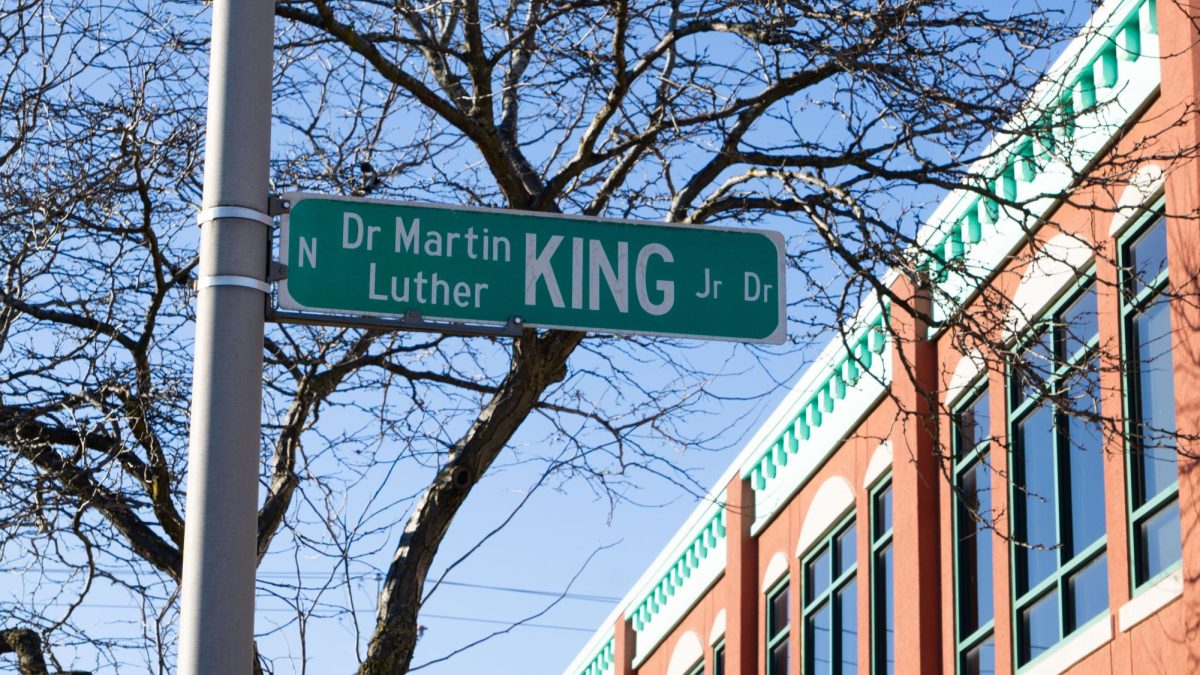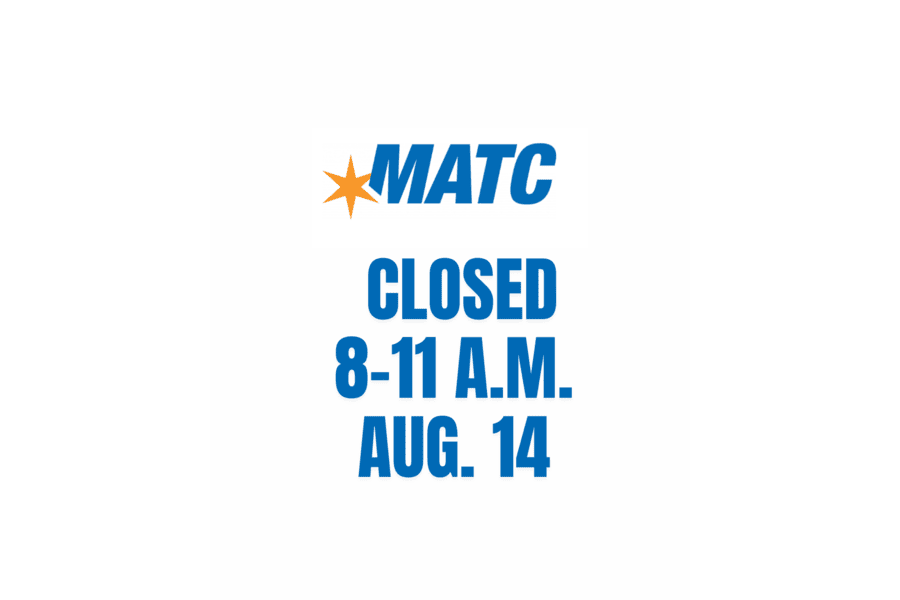As of June 22, 50 workers received promotions at the General Electric Medical Technologies Plant, located in West Milwaukee. They now have the official title of “group leader” and “computer numeric control-machine operator” with higher wages and responsibility. Part of this newly qualified General Electric staff was trained by machine tool instructor Ron Hornik, at two o’clock in the morning.
Hornik’s 14 students came from GE to cover the company’s third shift, so they would be well-suited to the demanding positions as soon as training was over.
Faculty members like Hornik worked with plant management to customize a workforce development course geared toward newer medical technologies.
The class detailed improved techniques for drafting X-ray components in a geometric dimension.
“Geometric dimensioning” is a concept fitted into the 2-dimensional virtual screen. This allows students to learn to finesse that part of a model in directions that apply to the real world.
Hornik also taught the working students size differences of medical parts to be assembled as equipment; this helped apply the knowledge of new X-ray products in a hard-copy geometric dimension. These three separate practices will draw for the truest advanced blueprints.
GE Medical Technology applied for a grant through MATC to offset the cost of compensating factory workers “learning on the clock.”
General Electric’s aspiration is to ultimately improve X-ray piece assembly through the training our school can offer. This type of assembly is one discipline of GE within our region.
Hornik welcomes any student into his class who provides a high school diploma with satisfactory placement test results. “No machine shop background is needed. But that background is helpful to have when it’s offered by the company that sponsors you. Otherwise, you come in cold,” Hornik explains.
“It’s difficult to keep a student’s attention for four hours straight without getting tired or without a 15-minute break,” Ron Hornik says in reflection. “So, material (in class) was kept interesting and relevant.”
In class, Hornik demands his students exhibit near-spotless attendance and safety habits. “They are good employability skills. Students are constantly observed to preemptively avoid accidents in order to meet safety standards.”
The now well-rested teacher suggested students on his watch do not get hurt any easier than those working on a normal term paper.
On top of attendance and safety, Hornik emphasizes blueprinting and math skills to master GE’s specialized factory equipment. Skills are also needed to measure and inspect machine parts. With these skills, a student in training can choose to remain in computer numeric controls, as an entry-level machine operator.
Or new trade skills can be put to the test as group leader. Group leaders train a number of machine operators and are nick-named “troubleshooters.” Group leaders also verify quality of machine parts that are interchangeable through inspection, prior to assembly.
Through MATC’s training, GE can now have better-trained technicians making for a safer plant. Their higher wages are reflected in newly-acquired responsibility.

